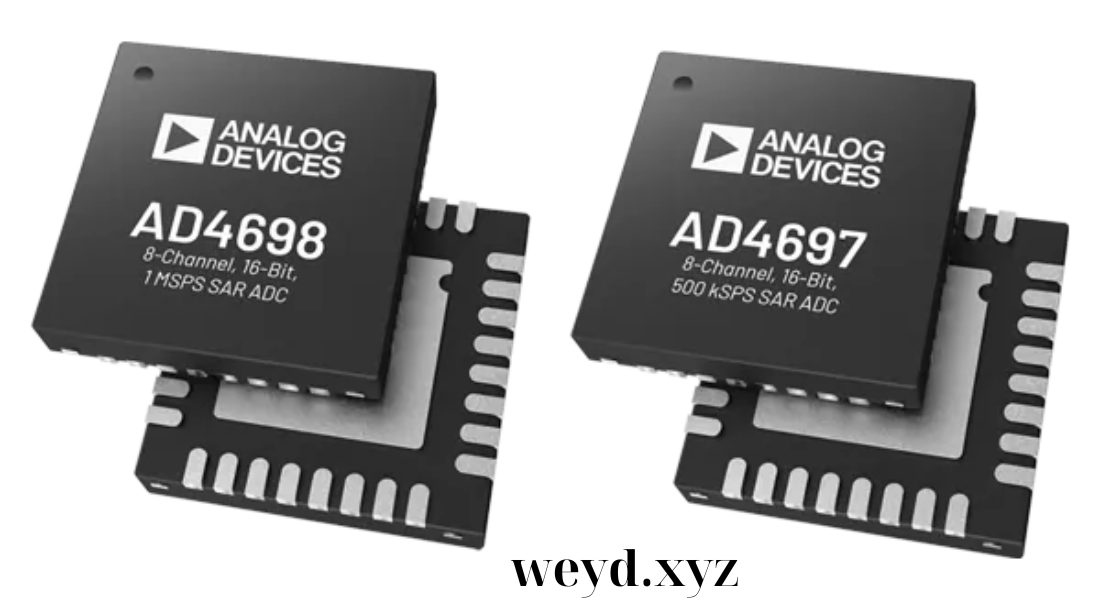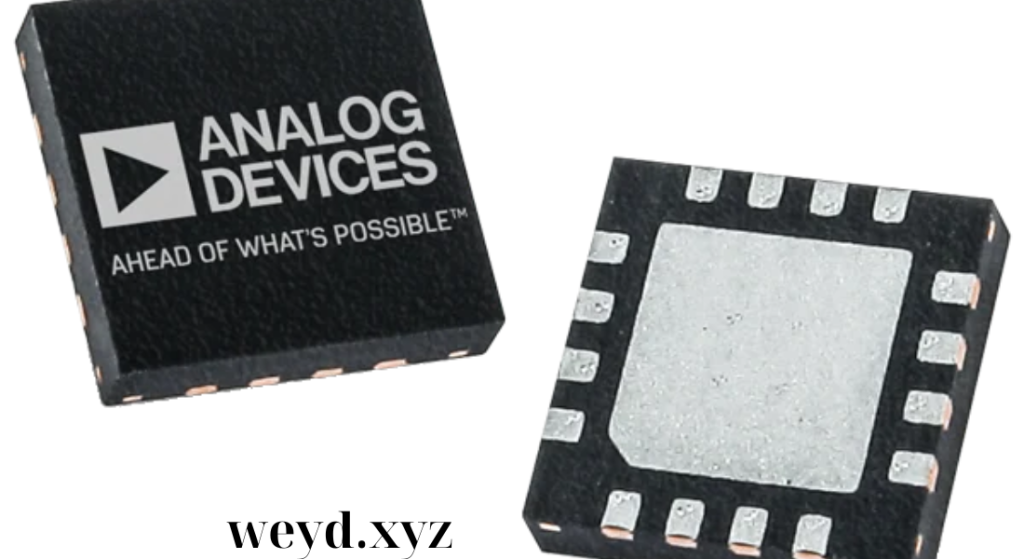Blog
ST Analog Devices Explained: From Basics to Industry Impact
The Evolution of Analog Technology and Its Importance in Modern Devices
Over the years, analog technology has undergone tremendous advancements, evolving to meet the ever-increasing complexity of modern electronic systems. What once were simple tools for basic signal conversion and amplification have transformed into highly sophisticated devices with multifaceted capabilities. This evolution has been driven by consumer demand for smarter, more versatile electronics capable of performing a wide range of tasks, from accurate measurement to seamless connectivity. Today, modern analog technology is characterized by precision, efficiency, and adaptability, enabling it to complement digital systems more than ever before.
Analog technology plays a pivotal role in the digital era, where it bridges the gap between real-world physical phenomena and digital data processing. While digital components excel in data manipulation and logical functions, analog components capture, measure, and interpret continuous signals, such as sound, light, temperature, and pressure, essential in interfacing with the real world. For instance, in a smart thermostat, digital processors may control functions and adjust settings, but the core measurements come from analog sensors monitoring real-time temperature fluctuations. The integration of analog and digital elements allows these devices to provide a responsive, efficient, and reliable user experience that purely digital components cannot achieve on their own.
Environmental Impact and Energy Efficiency
The environmental impact of electronic devices has become an increasingly important consideration. Energy-efficient design is now a priority, not only for reducing power consumption but also for minimizing environmental footprints. STMicroelectronics is committed to eco-friendly innovations, incorporating features in their analog components that promote energy savings. This efficiency is especially critical in battery-powered devices where conserving energy extends product lifespan and reduces battery waste.
By choosing power-efficient analog components, manufacturers support global sustainability efforts while providing consumers with environmentally conscious products. As more industries shift towards greener practices, the demand for energy-saving analog devices is expected to grow, further underscoring the relevance of such technology.
Addressing Challenges in Analog Design
Designing analog components comes with unique challenges, especially in applications where high precision is essential. Factors like noise, interference, and signal degradation can significantly affect performance. To address these issues, engineers employ various techniques to minimize disruptions, ensuring that analog devices perform consistently across different environments.
STMicroelectronics invests heavily in research to enhance the resilience of their analog components against such challenges. Their devices undergo rigorous testing and quality control to ensure they meet high standards. Additionally, the company’s support for design resources, such as simulation tools and development kits, enables engineers to test analog components effectively within their applications. This hands-on support significantly improves the reliability and compatibility of analog devices, reducing the risk of potential issues post-production.
Trends Driving the Future of Analog Technology
Several trends are shaping the future of analog technology, driving the development of more sophisticated and versatile devices. Here are some key trends influencing analog technology:
- Miniaturization:
As consumer demand shifts towards smaller, more portable devices, miniaturization of analog components has become a priority. This trend is especially relevant in wearables and IoT applications where space constraints are critical. - Integration with AI:
Analog components are increasingly used in AI-driven applications, especially in autonomous systems and robotics. AI relies on data acquisition, and analog sensors are essential for gathering accurate data from the environment, making them indispensable in AI hardware. - Wireless Connectivity:
As wireless technology advances, analog components that support seamless connectivity are in demand. This is particularly significant in the IoT sector, where sensors and actuators require reliable analog circuits to communicate efficiently within networks. - Higher Bandwidth Requirements:
As data rates increase in telecommunications and data processing, analog components need to handle higher bandwidth without compromising on signal integrity. This requirement is shaping the development of high-speed analog converters and amplifiers. - Focus on Security:
Security is becoming a major concern in electronics, especially with the rise of connected devices. Analog components play a role in secure communication protocols and data encryption, ensuring the safety and privacy of transmitted data.

How STMicroelectronics Supports Innovation with Analog Devices
STMicroelectronics not only manufactures analog components but also fosters an environment of innovation. The company collaborates with industry leaders, research institutions, and technology incubators to stay at the forefront of analog technology advancements. STMicroelectronics offers a comprehensive suite of development tools, including evaluation boards, software libraries, and design resources. These resources empower engineers to test, optimize, and innovate, ensuring that analog components can be customized for specific applications with ease.
For instance, ST provides simulation software that allows designers to model analog circuits before physical testing. This software accelerates the design process, allowing developers to identify and resolve potential issues early on. Additionally, the company organizes training programs and webinars that focus on emerging trends and best practices in analog technology. These initiatives ensure that industry professionals are equipped with the knowledge and tools needed to leverage analog technology effectively.
Real-World Impact: Analog Devices in Everyday Life
Analog devices are part of our everyday lives, often in ways we might not notice. From the smartphone in your pocket to the advanced safety features in your car, analog components work behind the scenes to make these technologies reliable and efficient. Analog devices play a vital role in sound processing, temperature monitoring, lighting control, and much more. They enable the functionality that many of us take for granted but rely on daily.
For instance, in a smartphone, analog components manage the touch sensors, audio output, and camera stabilization systems. In automotive applications, analog sensors monitor parameters like tire pressure, engine temperature, and proximity to other vehicles. These components help create a smoother, safer, and more connected user experience, illustrating the widespread impact of analog technology.
Conclusion
The evolving world of electronics demands robust, efficient, and versatile components, and analog devices meet these needs with unparalleled precision and adaptability. As we have explored, STMicroelectronics is a leader in the field, providing high-quality analog devices that power a wide range of industries and applications. From ensuring efficient power management in consumer electronics to enhancing data accuracy in industrial automation, ST’s analog components are fundamental to modern technology.
With continued innovation and a commitment to environmental responsibility, STMicroelectronics is well-positioned to shape the future of analog technology. By integrating these devices, engineers and manufacturers can develop smarter, more efficient products that meet the needs of a connected and sustainable world. Analog devices, though often overlooked, are essential in achieving the seamless experiences and advanced capabilities that define modern electronics.


